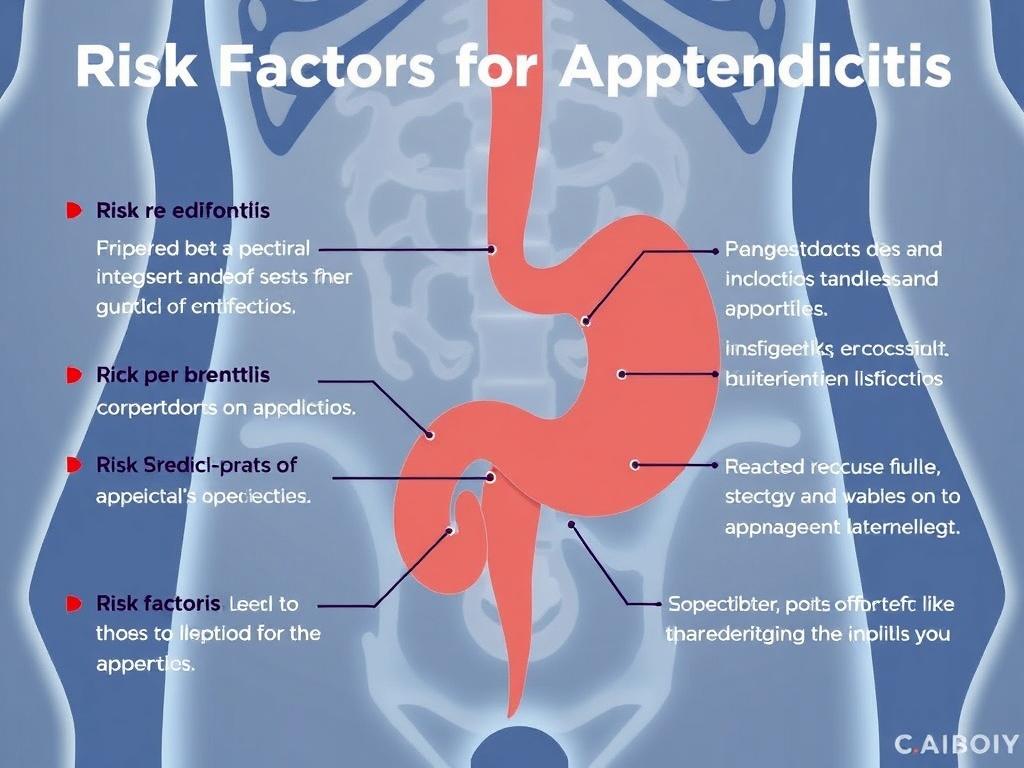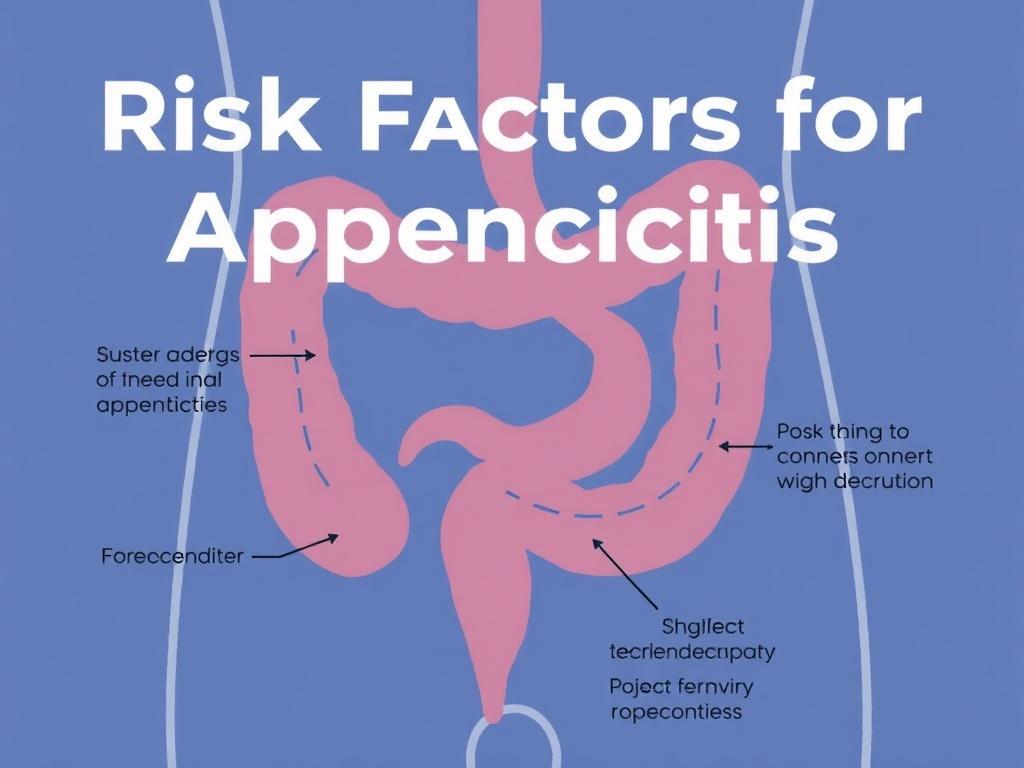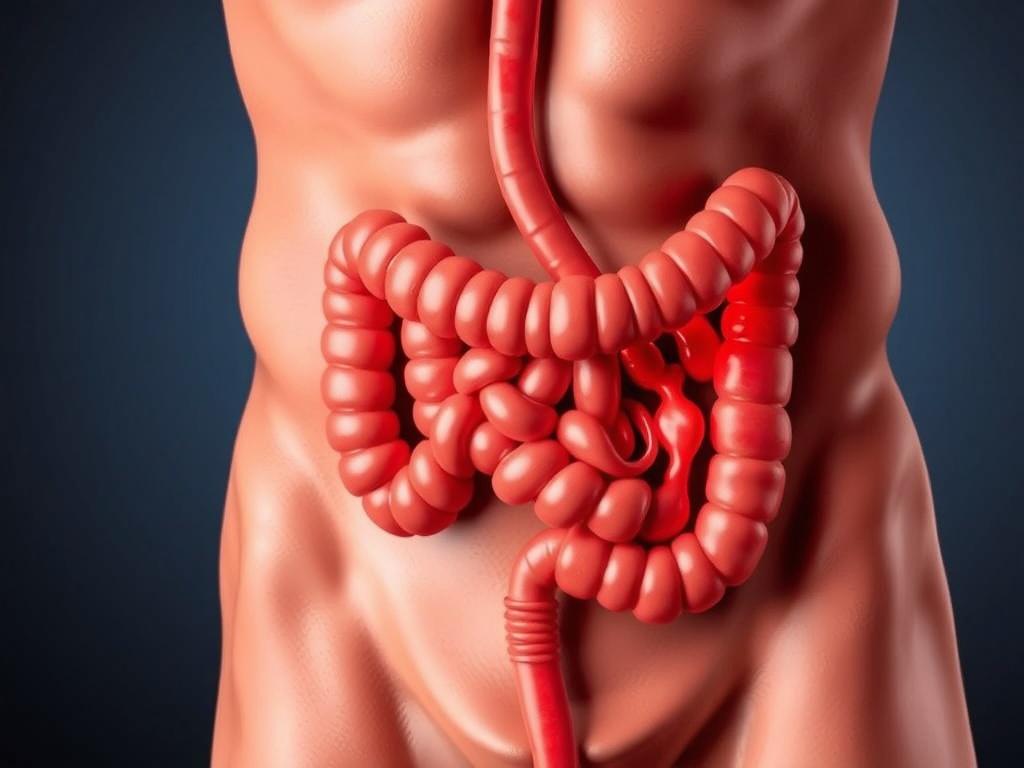Appendicitis is one of those sudden medical conditions that can catch anyone off guard. If you’ve ever experienced sharp pain in your lower right abdomen or heard about it from someone else, you might wonder why appendicitis happens in the first place. The truth is, understanding the risk factors for appendicitis can help you be more aware of your health and perhaps even prevent this common but sometimes serious condition. In this article, we’ll explore what appendicitis is, what contributes to its development, and how you can recognize and manage the risks effectively.
What Is Appendicitis?
Appendicitis is the inflammation of the appendix, a small, finger-shaped pouch that hangs off the large intestine on the right side of your abdomen. While the appendix doesn’t have a critical function in digestion, when it becomes blocked or infected, it can cause pain and swelling that demand immediate medical attention. If left untreated, an inflamed appendix can burst, leading to serious complications like peritonitis, an infection of the abdominal cavity.
You might wonder why appendicitis happens to some people and not others. The answer lies intricately in several risk factors—some linked to lifestyle, some genetic, and others environmental. Understanding these risk factors can empower you to seek early treatment or even minimize your chance of developing the disease.
Common Risk Factors for Appendicitis

Age and Appendicitis Risk
One of the most significant risk factors for appendicitis is age. It tends to strike individuals between the ages of 10 and 30 but can occur at any age. Younger children and older adults are less frequently affected, but when they do get appendicitis, diagnosis can be trickier, sometimes leading to delayed treatment.
Gender and Appendicitis
Gender may also play a role, though to a lesser degree. Males have a slightly higher likelihood of developing appendicitis compared to females. The reasons behind this difference remain somewhat unclear, but it might have to do with hormonal or anatomical differences.
Diet and Appendicitis Risk
Diet is a fascinating risk factor for appendicitis. Studies suggest that a diet low in fiber and high in processed foods could increase the risk. Fiber helps keep the digestive system healthy by promoting regular bowel movements, reducing the chance that the appendix becomes blocked by hardened fecal matter or intestinal debris.
Conversely, diets rich in fruits, vegetables, and whole grains may help protect against appendicitis. This connection makes sense when you think about how fiber works in the gut, encouraging smooth passage of waste and reducing inflammation.
Family History and Genetics
If someone in your family has had appendicitis, your risk may be elevated. While appendicitis itself is not directly inherited, some people may have anatomical or immune system traits that run in families, making them more susceptible. The chances aren’t overwhelmingly high, but family history is something doctors often inquire about.
Infections and Appendicitis
An infection in the digestive tract, including viral or bacterial infections, can cause inflammation that extends to the appendix. Sometimes, appendicitis can be triggered by an infection that causes swelling of lymphatic tissue within the appendix, leading to obstruction. Common infections that may contribute include gastrointestinal viruses, bacterial enteritis, and parasitic infections.
Other Structural Factors
Sometimes, the blockage inside the appendix—the root cause of appendicitis—comes from unusual anatomical shapes or obstructions such as hardened fecal deposits called fecaliths. This blockage traps bacteria inside, causing infection and inflammation. In some cases, tumors or foreign bodies within the appendix can also be risk factors.
Understanding Symptoms and When to Seek Help
Knowing the risk factors is crucial, but recognizing the symptoms is equally important for early diagnosis. Appendicitis typically begins with a vague pain near the belly button, which then shifts to the lower right abdomen. This pain usually intensifies over time. Other common symptoms include:
- Nausea and vomiting
- Loss of appetite
- Fever
- Diarrhea or constipation
- Abdominal swelling
If you or someone you know experiences these symptoms, especially the sharp pain that worsens in the lower right abdomen, it’s important to seek medical care promptly.
How Risk Factors Interact: A Closer Look

It’s not just individual risk factors alone but how they interact that can influence whether appendicitis develops. For example, someone with a family history who also eats a low-fiber diet and suffers frequent gastrointestinal infections may be at particularly heightened risk. The appendix can become more vulnerable due to constant irritation, obstruction, or infection.
Table: Common Risk Factors for Appendicitis at a Glance
| Risk Factor | Description | Why It Increases Risk |
|---|---|---|
| Age | Most common in 10-30 years old | Developmental and immune system factors may influence susceptibility |
| Gender | Males have a slightly higher risk | Possible hormonal or anatomical differences |
| Diet | Low fiber, high processed foods | Lack of fiber may cause blockage and inflammation |
| Family History | Relatives with appendicitis | Shared anatomical or immune traits |
| Infections | Digestive tract infections | Swelling and obstruction from lymph tissue response |
| Structural Blockages | Fecaliths, tumors, or foreign bodies | Physical obstruction trapping bacteria |
Prevention and Lifestyle Considerations

While not every case of appendicitis is preventable, understanding risk factors gives you a chance to reduce your likelihood. Here are some practical steps to consider:
Eat a High-Fiber Diet
Incorporating plenty of fruits, vegetables, and whole grains can keep your digestive system healthy and reduce the risk of blockage in the appendix.
Stay Hydrated
Drinking enough water aids digestion and helps keep stool soft, which supports smooth bowel movements.
Manage Infections Promptly
If you experience symptoms of gastrointestinal infections, seeking proper treatment can prevent complications that might inflame the appendix.
Regular Medical Check-Ups
Especially if you have a family history or experience recurring digestive issues, regular consultations with a healthcare provider can help monitor your health and address concerns early.
How Appendicitis Is Diagnosed and Treated
If you suspect appendicitis or have symptoms, doctors will often perform a physical examination, looking for tenderness in the lower right abdomen. They may also order imaging tests such as an ultrasound or CT scan to confirm inflammation.
Treatment usually involves surgical removal of the appendix (appendectomy), which can be done with minimally invasive laparoscopic surgery or open surgery if necessary. In some mild cases, doctors may try antibiotics first, but surgery remains the most common and effective solution.
Table: Diagnosis and Treatment Overview
| Step | Action | Details |
|---|---|---|
| Diagnosis | Physical exam | Check for abdominal tenderness and other signs |
| Diagnosis | Imaging tests | Ultrasound, CT scan to visualize appendix |
| Treatment | Surgery | Appendectomy to remove inflamed appendix |
| Treatment | Antibiotics | Possible in some early, mild cases |
When to Be Especially Vigilant
Certain groups should exercise extra caution regarding appendicitis risk factors. For example, children and elderly people may have atypical symptoms, making diagnosis harder. Pregnant women can also experience appendicitis but may notice different symptoms because of anatomical changes.
If you fall into any of these categories or have several risk factors, maintain open communication with your doctor and seek timely care if symptoms arise.
List: Who Should Be Extra Careful?
- Children under 10 years old
- Adults over 50 years old
- Pregnant women
- People with a family history of appendicitis
- Individuals with chronic gastrointestinal diseases
Emerging Research on Appendicitis Risk Factors
Medical research continuously explores new angles on appendicitis. Some recent studies are investigating the role of the appendix in the immune system and how variations in immune responses might influence who gets appendicitis.
Other research looks at links between gut microbiota—the bacteria living in our intestines—and appendicitis risk. A balanced microbiome might protect the appendix from infection, while an imbalance could increase inflammation.
Scientists are hopeful that understanding these factors better will open doors for prevention strategies beyond surgery and antibiotics.
Conclusion
Appendicitis is a condition that can appear suddenly and escalate quickly, but by understanding its risk factors, you can stay informed and proactive about your health. Age, gender, diet, family history, infections, and anatomical factors all contribute to the likelihood of developing appendicitis. Simple lifestyle changes, such as eating a high-fiber diet and staying hydrated, along with timely medical attention when symptoms appear, can make a significant difference. While some risk factors are beyond your control, knowledge and awareness empower you to act swiftly, reducing complications and ensuring better outcomes. Taking care of your digestive health is a step toward lowering the chances that appendicitis will disrupt your life.



